OntarioArch
Sr. Member
How do you identify Indian made wampum from white man made wampum? Tool marks?
Upvote
0
This IS my web research. The article cited doesn’t answer the question.
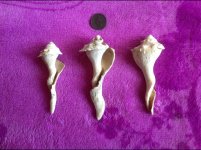
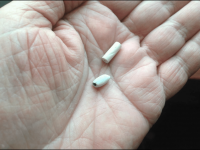
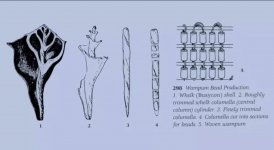
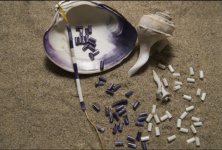
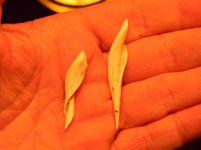
Most interesting, Charl. An upcoming auction has “Native American produced wampum”.....and that listing just piqued my curiosity about how to differentiate the Makers. Is it fair to say that for cylindrical beads, with nice symmetry and clean cuts, it may just not be possible to know who held the metal tool that produced it?